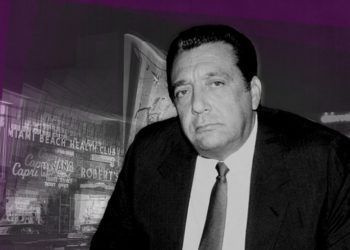Reina Street
I At first it was a path linked to sugar production, the great change that brought the plantation economy to the island. According to Lo que fuimos y lo que somos o La Habana antigua y moderna (1857) by José M. de la Torre: It was first called the Camino de San Antonio, for the San Antonio el Chiquito sugar mill, which belonged to Alderman Don Blas de Pedroso; it still existed at the time of the English invasion, and it also had a beautiful masonry hermitage and portal, being the main exit road from the city to the countryside, until 1735, when a bridge was built on the Calzada del Monte.... It started at Calle Real , crossed the Campo de Marte, and in a tortuous line it continued to the aforementioned San Antonio sugar mill. Then it took the name of another saint. Since then, the Jesuits and a corrosive vision of the elderly, gossiping and politicians had premonitorily appeared. It was given the name of San Luis Gonzaga, for the hermitage dedicated to that saint (erected in 1751 and destroyed in 1835), which was on the corner of the Orphanage. In 1735 it was repaired and it...



























